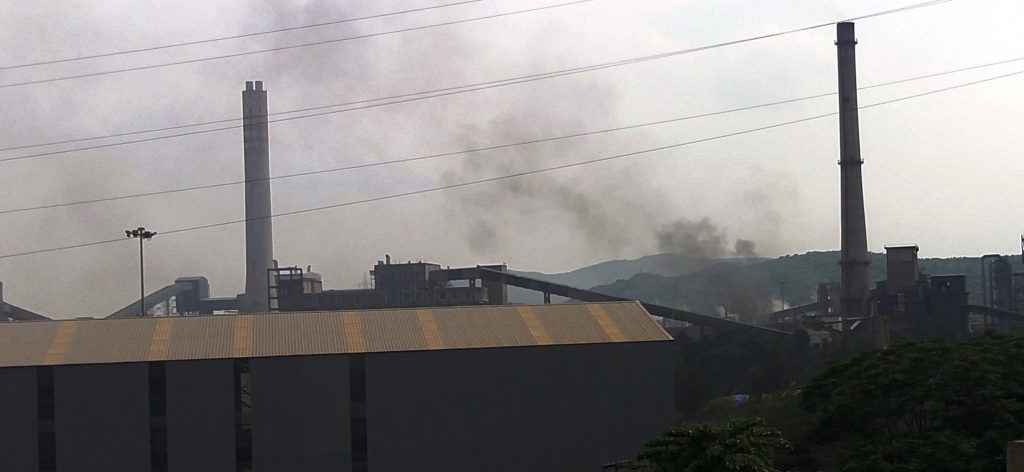Jajpur: With an effort to curb air pollution in the state, the board meeting of OSPCB approved the proposal for setting up CAAQM stations in the districts of Cuttack, Balasore, Keonjhar, Sundargarh, Mayurbhanj and Angul apart from Bhubaneswar. At present, two CAAQMs are operating at Talcher and Ib Valley in Brajarajnagar.
The Odisha State Pollution Control Board (OSPCB) has been directed to complete the work within the current financial year. It was decided to put in place an SOP for rigorous validation and analysis of the large volume of raw data expected to be generated from these stations for public use.
However, it was surprising for many that mineral and industrial rich district like Jajpur has been excluded. After this fact came to the fore, various quarters have expressed concern over this. Some people have tweeted their complaints, tagging the Chief Minister and the Chief Secretary.
They wondered how the government failed to consider the case of Kalinganagar for air quality monitoring system when the district has been bearing the brunt of air and water pollution due to cement, steel plants there, scores of stone mines and stone crushing units in Dharmashala and chromite mines in Sukinda valley.
On the basis of an NGT report, the central government has identified 106 towns in the country as highly polluted while six of the towns of Odisha are in this list. Kalinganagar industrial Complex was also enlisted.
Experts pointed out that after establishment of a cement grinding factory in Kalinganagar air pollution has been alarmingly rising.
According to a survey by Air Pollution Monitoring Centre, the pollution level was 113 microgram/cubic metre air in Kalinganagar between 2015 and 2017.
In the last three years, with the functioning of the cement factory and mineral transportation and unloading at Sukinda railway siding, the level of pollution has gone up over 120 microgram/cubic metre in the area.
Greenpeace, an international NGO working for environment protection, had tagged Kalinganagar as the second-most polluted town in the state. Air Quality Index is calculated keeping in view eight pollutants’ presence, namely PM10, PM2.5, NO2, SO2, CO, O3, NH3 and Pb.
As per the CPCB, the pollution level in the air (annual) should not be beyond 30 microgram/cubic metre.
In view of this, the SPCB has allegedly failed to curb this number in the pollution-level in Kalinganagar.
Due to air pollution, various diseases have been playing havoc in the state. According to a report of the Health department, in the last two years, 201 people have died of TB while 107 of them were from mineral-rich Sukinda and Danagadi blocks. Around 53 per cent of TB casualties were reported from the mining and industrial rich areas.
Advocate Satyaprakash Behuria and student Digambar Sahu said that the level of air pollution in Kalinganagar is quite high, and not setting up online air pollution monitoring system will contribute to the disaster.
Regional Officer of Kalinganagar SPCB office, Pramod Kumar Behera said that he was aware of the complaints in this regard at the CMO.
The SPCB head-office will be apprised of it and steps will be taken accordingly, he added.
PNN

